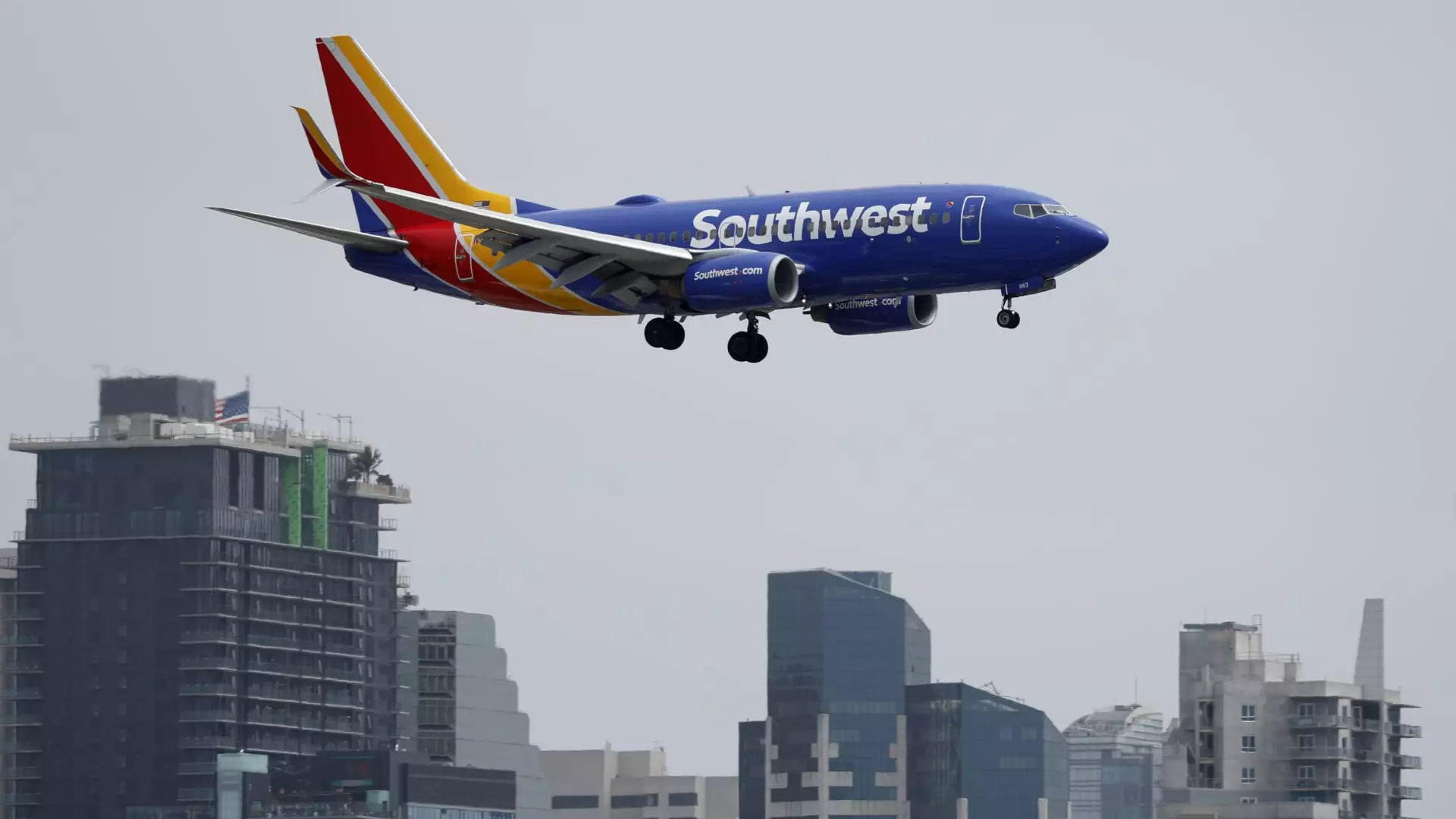In a landscape where profitability becomes a pressing objective, Southwest Airlines is standing at a crossroads driven by external pressures, particularly from activist investor Elliott Investment Management. This firm has made its intentions clear, calling for leadership transformations amid growing concerns regarding the airline’s financial performance. As we dive deeper into the current operational strategies at Southwest, it becomes evident that the company is proactively implementing significant changes that go beyond the surface level.
This summer, Southwest made headlines by announcing a reconfiguration of its long-standing business model. After more than half a century of implementing open seating—a hallmark of its customer experience—the airline is pivoting to assigned seating arrangements. This shift is accompanied by additional offerings, such as seats equipped with extra legroom, which will command higher fares. The introduction of these changes signifies an effort to enhance customer satisfaction while directly addressing revenue generation. Furthermore, the addition of red-eye flights and the visibility of its offerings on platforms like Google Flights and Kayak reflect a strategic endeavor aimed at servicing a younger demographic—a clear alignment with market trends.
During a recent communication with employees, Chief Operating Officer Andrew Watterson acknowledged that achieving profitability requires further network modifications. While he assured staff that station closures were not on the horizon, he hinted at potential adjustments that could impact certain cities or might require staff to relocate. Watterson’s transparent acknowledgment of impending “difficult decisions” captures the essence of the challenges these organizational shifts introduce. Notably, concerns about route and network optimization are not unfounded; throughout the industry, we’ve seen other airlines, such as JetBlue, resorting to route reductions in favor of higher-revenue flights.
As Southwest prepares for its investor day, anticipation builds around an official outline of its revised strategies and proposed route modifications. This event will provide a critical platform for communicating plans to stakeholders and clarifying the airline’s vision amidst these transitions. Investors are expected to seek assurance that the strategic pivoting will translate into tangible financial results, especially in light of Elliott’s push for substantial management reforms.
In the context of the wider aviation industry, it is essential to recognize that Southwest is not alone in facing these pressures. The ongoing competitive landscape compels airlines to innovate relentlessly. However, with activist scrutiny closely trained on Southwest, the importance of a cohesive strategy becomes paramount. The measures announced thus far indicate a willingness to evolve, yet it remains to be seen if these initiatives will culminate in long-term profitability.
As Southwest Airlines reforms its operational strategies to respond to both internal challenges and external pressures, the effectiveness of these changes will be under an intense spotlight. Stakeholders await the results, hopeful that these strategic decisions pave the way for a new era of enhanced profitability and industry leadership.

